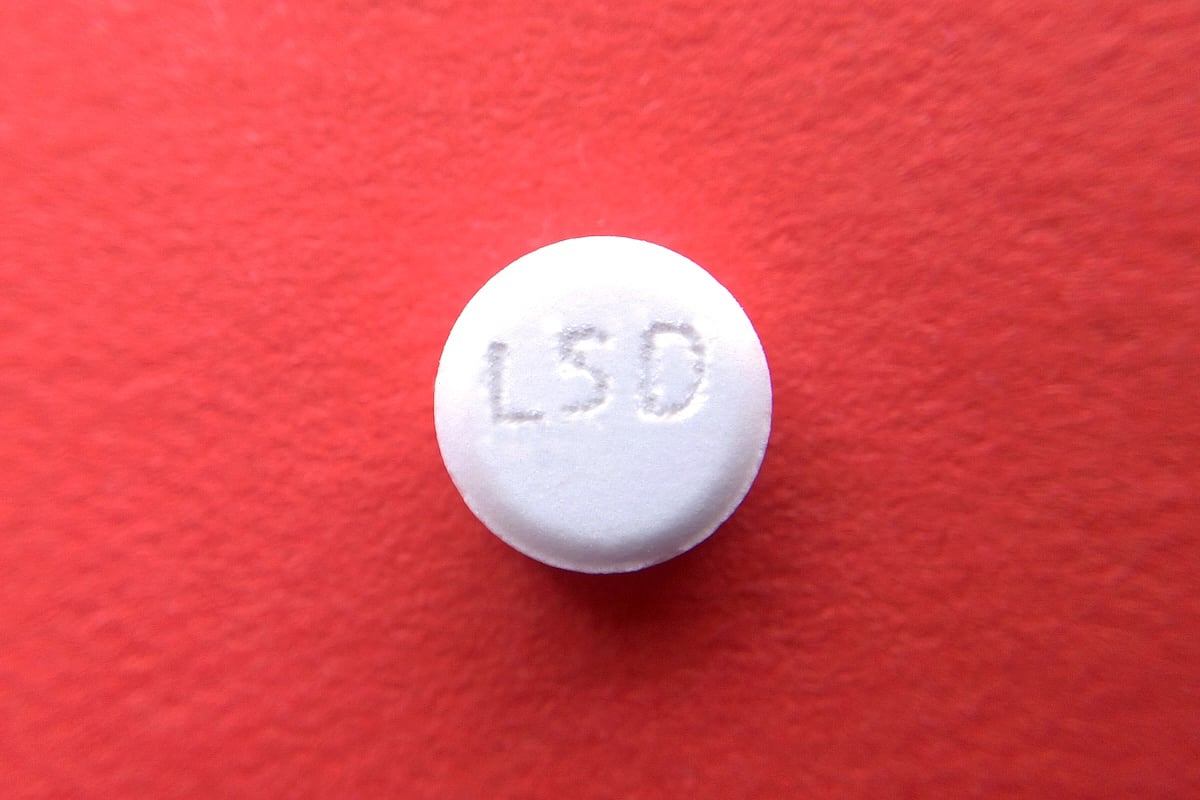Due to a recent change in our pharmacy software system, the process for submitting refill requests online has now changed.
Our previous mobile app and your current login credentials will no longer work.
Please click the My Pharmacy tab then Patient Portal to begin the new process.
Thank you for your patience during this transition.
Manténgase sano!

- Posted September 9, 2025
LSD A Potential Therapy For Anxiety, Early Clinical Trial Results Say
"Flower power" psychedelic drugs might be a potential cure for modern anxiety, new research suggests.
A single dose of LSD helped people suffering from clinical anxiety in a new clinical trial.
Anxiety patients experienced rapid, significant and durable relief following a single treatment with MM120, an oral pharmaceutical formulation of the psychedelic drug LSD, researchers recently reported in the Journal of the American Medical Association.
Their anxiety subsided within days, with the effect lasting for at least three months.
These results occurred even though patients did not receive any therapy or counseling during their trip, researchers said. Instead, monitors were in the room simply to ensure their safety.
“What was unique about this study was that they were administering the psychedelic without concomitant psychotherapy,” said Nehal Vadhan, co-director of the Center for Psychedelics Research and Treatment at Northwell Health in Hempstead, N.Y.
“I definitely think psychedelics are a viable treatment for the future,” added Vadhan, who reviewed the findings.
For the new study, a team led by Dr. Reid Robison of Cedar Clinical Research in Draper, Utah, randomly assigned 198 adults ages 18 to 74 with generalized anxiety disorder to receive one of four different doses of MM120 – 25, 50, 100 or 200 micrograms – or a placebo.
The trial was intended to help determine the best LSD dose to use in larger-scale and pivotal phase 3 clinical trials, researchers said.
The 100-microgram dose worked best, easing anxiety symptoms for weeks, results showed.
The 25- and 50-microgram doses did not have a significant effect on anxiety compared to placebo, while the 200-microgram dose produced more hallucinations and nausea among patients without working any better than the 100-microgram dose, researchers said.
"The 100 to 200 microgram dose would be somewhere within that range would be a full on LSD-type experience naturalistically,” Vadhan said. “You know, it's a little hard to compare because, in the world, people can take a tremendous amount, they can take very little and so it's hard to judge."
The most common symptoms were hallucinations and nausea, and they increased as the dose of LSD rose, results showed. Nearly 93% of those who took the 100-microgram dose had hallucinations, and about 40% had nausea.
Vadhan was particularly impressed that these results were achieved without therapy.
“Typically in these studies, it's often the case that the patients are receiving psychotherapy during the actual dosing session, a specific form of psychedelic-assisted psychotherapy, and that is seen to be helpful,” he said.
“But it's also quite burdensome in terms of clinician time, expense and so forth," he added, "And there's also an open question as to whether the psychotherapy is really necessary in order for the psychedelic to have its to exert its beneficial impact.”
However, it might be hard to get U.S. Food and Dug Administration (FDA) approval for LSD treatment, Vadhan said. The agency previously rejected MDMA, which acts as a psychedelic and a stimulant, as a treatment for PTSD.
“That was thought to be a slam dunk because there were so many positive studies that showed a good effect of MDMA,” Vadhan said.
But it’s tough to establish an effective placebo condition for these clinical trials, as it’s usually clear whether a person has gotten a real psychedelic rather than a fake pill, he said.
“With all of these studies, people come into these trials now expecting a good effect from psychedelics,” Vadhan said. “You can see how that would impact if you knew you got the psychedelic and you came into this study wanting a psychedelic, how that would impact how your symptoms are experienced and measured subjectively."
More information
The American Psychological Association has more on psychedelics as medicine.
SOURCES: Northwell Health, news release, Sept. 4, 2025; Journal of the American Medical Association, news release, Sept. 4, 2025






